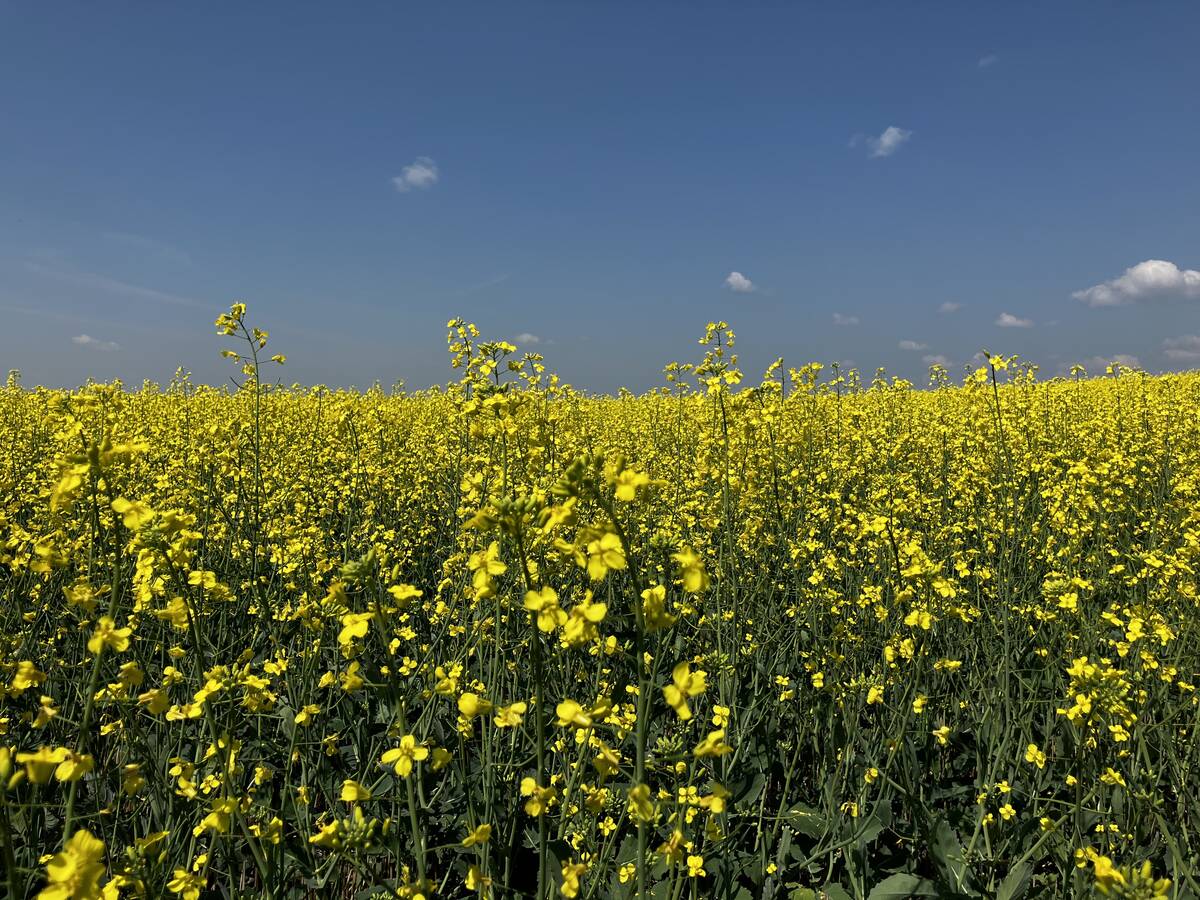The U.S. wheat complex drifted lower in the last week of September compared to the previous week. As price fluctuated, ongoing tensions over Russia’s invasion of Ukraine simmered in the background.
As September drew to a close, rumblings increased that the agreement allowing Ukraine to export grain through its Black Sea ports would not be extended or replaced. In an agreement brokered by the United Nations and Turkey, Russia has allowed passage for grain vessels to and from Ukrainian ports that were closed to shipping. There were always suggestions that Russia wouldn’t completely live up to the agreement, but despite added tensions, more than 300 ships have come and gone so far.
[RELATED] Ukraine grain exports down 41.5 per cent so far this season, ministry says
Read Also

Canola prices rangebound heading into new crop year
Looking ahead at the 2025/26 grain marketing year: Market fundamentals will remain highly influential in the longer term for Canadian canola prices.
Ukraine’s grain supply is crucial in the grander scheme of things, providing much-needed wheat, barley, sunflower seed and other crops to a variety of countries, especially less fortunate countries that cannot risk a food shortage.
When that supply has been threatened, wheat prices have risen sharply, as seen in February and March when Russian forces tried to barrel their way through Ukraine to Kyiv, Kharkiv and other major centres.
Ukraine’s ports also felt the wrath of the Russians, curtailing Ukraine’s ability to export its grain. While a decent amount was exported by train, Ukraine’s infrastructure simply isn’t designed for such movement, more so when military supplies get priority.
During the week of Sept. 26, Ukraine issued a request to the European Union for corridors to get its coming harvest out of the country to customers. No word has been made public as to whether that request will be fulfilled.
On top of that has been the sabre-rattling by Russian President Vladimir Putin. Russia pressed ahead with referendums in the Ukrainian territories it occupies. Widely denounced by Ukraine and the West as a sham and a land grab, Putin announced that Donetsk, Luhansk, Kherson and Zaporizhzhia are now part of Russia, and he has already suggested any incursion or attack on Russian territory could be met with a nuclear strike.
All of this commotion can easily lead to more spikes in wheat prices. Add that to the troubles already plaguing the globe: COVID-19, high inflation, supply chain issues and tumbling currencies pitted against the U.S. dollar.
As for canola, the Canadian oilseed pushed upward with the nearby November contract gaining more than $32 per tonne to close on Sept. 29 at $852. Increases in vegetable and crude oils propelled canola higher, despite more crop coming off Prairie fields. Some in the trade believe it will climb further, but others think that with a recession looming, canola will soon retreat.




















